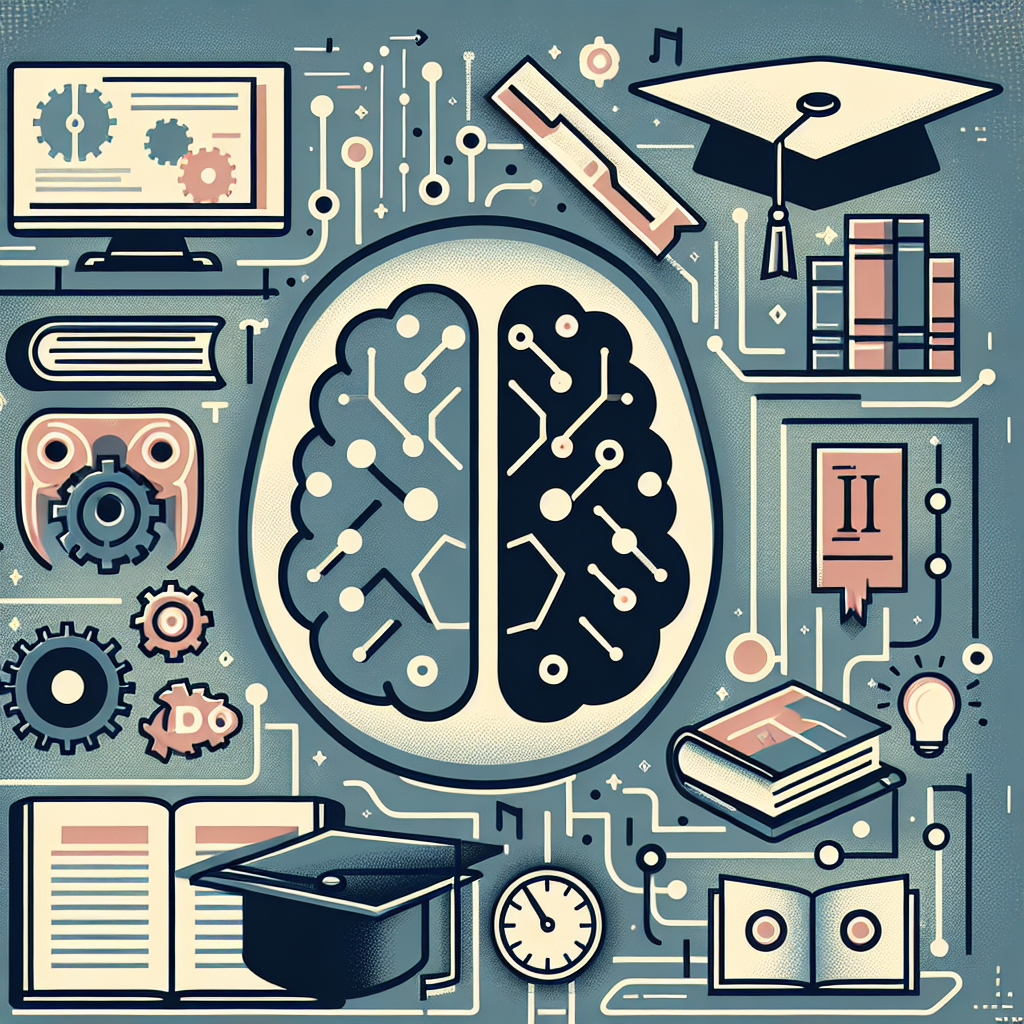The use of artificial intelligence (AI) in education has the potential to revolutionize the way students learn and teachers teach. AI technologies can personalize learning experiences, provide real-time feedback, and even automate administrative tasks. However, implementing AI in education comes with its own set of challenges. In this article, we will explore some of these challenges and discuss how they can be overcome.
One of the main challenges of implementing AI in education is the lack of infrastructure and resources. Many schools and educational institutions do not have the necessary technology or expertise to integrate AI into their curriculum. This can be a major barrier to adoption, as AI systems require significant investment in terms of hardware, software, and training.
Another challenge is the resistance to change. Teachers and administrators may be reluctant to embrace AI technology, fearing that it will replace them or diminish their role in the classroom. It is important to communicate the benefits of AI in education and involve teachers in the implementation process to address these concerns.
Privacy and security concerns are also a major challenge when it comes to implementing AI in education. AI systems collect and analyze large amounts of data, including student information and learning patterns. This raises questions about who has access to this data and how it is being used. It is crucial to establish clear policies and protocols to protect student privacy and ensure data security.
One of the biggest challenges of implementing AI in education is the lack of evidence-based research on its effectiveness. While AI technologies hold great promise for improving learning outcomes, there is still a need for rigorous research to evaluate their impact on student performance. Without empirical evidence, it can be difficult to justify the investment in AI systems.
Another challenge is the potential for bias in AI algorithms. AI systems are only as good as the data they are trained on, and if this data is biased or incomplete, the AI system may produce inaccurate or discriminatory results. It is important to address bias in AI algorithms and ensure that they are fair and equitable for all students.
Despite these challenges, there are also many opportunities for AI to transform education. AI technologies can personalize learning experiences, provide real-time feedback, and even automate administrative tasks. By addressing the challenges of implementing AI in education, we can unlock the full potential of these technologies to improve student outcomes and enhance the learning experience.
FAQs:
Q: How can schools and educational institutions overcome the lack of infrastructure and resources to implement AI in education?
A: Schools and educational institutions can partner with technology companies or organizations that specialize in AI to access the necessary infrastructure and resources. They can also seek funding from government grants or private donors to support the implementation of AI in education.
Q: How can teachers and administrators address resistance to change when implementing AI in education?
A: Teachers and administrators can address resistance to change by involving stakeholders in the decision-making process and providing training and support to help them understand the benefits of AI in education. It is important to communicate openly and transparently about the goals and objectives of implementing AI in education.
Q: How can schools and educational institutions protect student privacy and data security when implementing AI in education?
A: Schools and educational institutions can protect student privacy and data security by establishing clear policies and protocols for collecting and storing data. They can also use encryption and other security measures to safeguard student information and ensure that it is only accessible to authorized personnel.
Q: How can schools and educational institutions address bias in AI algorithms when implementing AI in education?
A: Schools and educational institutions can address bias in AI algorithms by using diverse and representative data sets to train their AI systems. They can also implement algorithms that are transparent and explainable, so that stakeholders can understand how decisions are being made. It is important to regularly monitor and evaluate AI systems to ensure they are fair and equitable for all students.

